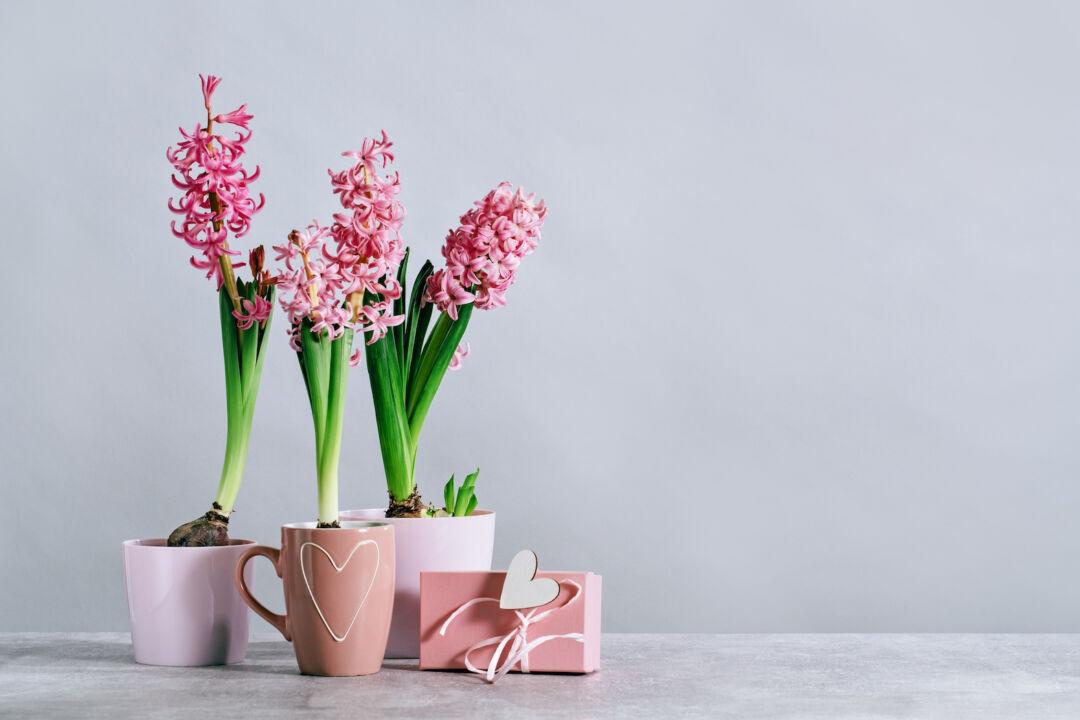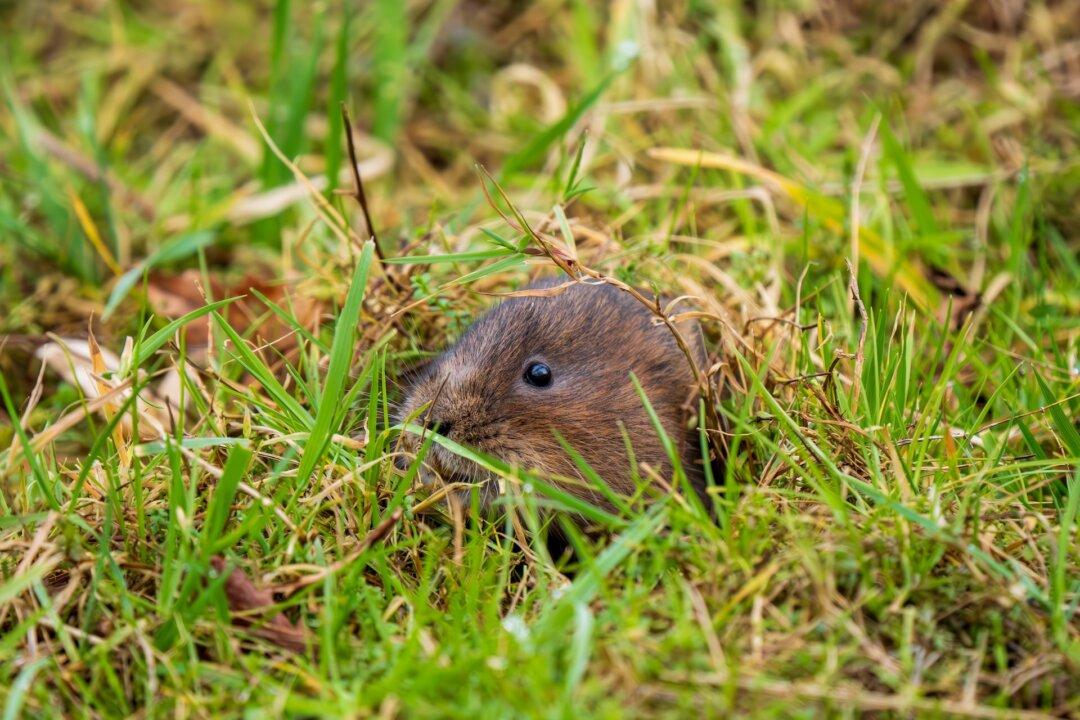My plants always seem to have whole armies of crickets, pill bugs, ants, earwigs, or worms. How do I get rid of them?
The easiest way to get rid of most of these pests is to submerge the whole pot in a bucket or tub of water. Leave the pot in the water for 10 to 15 minutes and most of the insects and larger pests will work their way out of the pot. Remove the pot carefully so as to not dislodge the plant in the muddy soil. Let the water drain out of the pot for an hour, or longer if necessary.
This method can be a bit slow if you are trying to bring all your houseplants in the day before a cold spell, so plan to do it early. In fact, it is better for the plants if you bring them in while the outdoor and indoor temperatures are close to the same, rather than waiting until the last minute.
Another method for getting rid of the insects in the soil is to use a soil drench insecticide. These products are often billed as once-a-year insecticides as they soak into a plant and protect it for a year. Always follow label directions. Some of these products are meant for outdoor use and not for indoor flowerpots. Also, check to see if the product can be used on food-producing plants if you are growing plants that you intend to eat.
Last week I wrote about fungus gnats being a problem on houseplants. They eat the fungi on the soil in the pot and sometimes eat the plant’s roots. They are even more of a pest when they start flying around the room every time you brush past your plants.
I didn’t mention a solution to the fungus gnat problem. You can use insecticides that mention on the label that they can be used as a soil drench for killing fungus gnats.
Many people want a more natural method of killing insects indoors. I often recommend Mosquito Bits for outdoor use to kill mosquito larvae in backyard ponds, birdbaths, and rain barrels. After last week’s article, Bill Stengel of Summit, the company that makes Mosquito Bits, informed me that the product can also be used to control fungus gnats.
The active ingredient of Mosquito Bits is the naturally occurring bacterium Bacillus thuringiensis israelensis. This specific bacterium kills the larvae of mosquitoes and their close relatives, fungus gnats. This variety of Bacillus thuringiensis does not harm bees, butterflies, or other animals like people, pets, birds, or fish. Other varieties of the bacteria are used as insecticides for caterpillars of pest moths and butterflies, so be sure to look on the label for a mention of fungus gnats.
Mosquito Bits are easy to use. Soak some of the bits in water for a half-hour, skim off the bits, and pour the bacteria-laden water on the flowerpot soil. Mosquito Bits are sold in garden centers and hardware stores.
The fungus gnats are feeding on fungi in the soil. The fungi are growing because the soil is wet, probably too wet for good plant growth. For good plant health, let the top few inches of soil dry out and the fungi will dry up too. With less food available, the fungus gnat problem may go away. Replacing the top two inches of soil with sand may also work. A layer of sand on the soil won’t harm the plants, but cats may decide to use the pot as a litter box.






